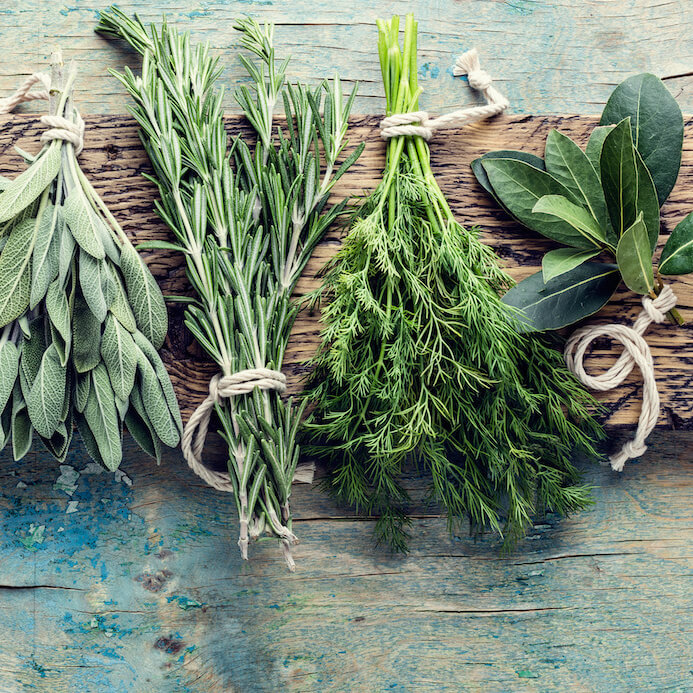Living Maxwell
Better Choices
5 Essential Ways to Avoid Genetically-Modified Food (GMOs)
Recently, I got an e-mail from a reader asking how she would know if she is eating genetically-modified soy or not.
Figuring that many other people may have that same question, I wanted to explain how to avoid eating genetically-modified food (GMOs) and the things that you need to look out for.
#1 – Buy USDA Certified Organic Products GMOs are prohibited in organic food. Therefore, look for products that contain the USDA certified organic seal.
Even though GMOs are prohibited in organic, organic crops can be contaminated by GMOs through cross-pollination and drift. (That is why the proliferation of GMOs is a real threat to organic farming. The co-existence of GM-crops and organic crops is simply not possible, despite what our government would like us to believe.)
USDA rules require that organic certifiers test samples from at least 5% of the operations they certify on an annual basis.
#2 – Buy Non-GMO Project Verified Products There is an independent, third-party organization called the Non-GMO Project.
This entity does field testing on every base ingredient in a product and does not allow any of its verified products to contain more than 0.9% of genetically-modified ingredients. Since GMOs are so widespread, it is nearly impossible to find something that is 100% GMO-free, and this 0.9% is the same standard that Europe uses as well.
A few important things of note here:
* When it comes to detecting GMOs, the Non-GMO Project utilizes a much more rigorous process than the one employed by the USDA’s National Organic Program. So, if you can buy a product that is USDA certified organic and Non-GMO Project Verified, that is the best of both worlds.
* The Non-GMO Project does not account for super-toxic pesticides, synthetic fertilizers, and other substances prohibited in USDA certified organic products. Its objective is to identify genetically-modified ingredients.
That is why I will always choose USDA certified organic over Non-GMO Project Verified.
* Many products are labeled as “Non-GMO”. Yet, if it is not Non-GMO Project Verified, how do you know that it is in fact Non-GMO?
You don’t.
But if you know what the high-risk GM-crops are, you will have a much better idea if it is Non-GMO or not.
#3 – Understand the High Risk GM-Crops In the U.S., there are five main crops that are incredibly high risk of being genetically-modified. If they’re not USDA certified organic, it is almost a near guarantee that they are GM.
The five high risk crops and the estimated percent that are genetically-modified:
Corn – (91%)
Canola – (90%)
Cotton – (90%)
Sugar Beets – (95%)
Soy – (94%)
Also, more than 50% of Hawaiian papaya is genetically-modified, and there are over 24,000 acres that grow GM-zucchini and GM-yellow squash. Genetically-modified sweet corn is a very new product and is not widespread just yet, so just to be on the safe side, always try to buy organic sweet corn.
#4 – Understand the High-Risk Derivative Ingredients There are many ingredients, or products, derived from high-risk crops that you need to know about, and they are sometimes referred to as “invisible” genetically-modified ingredients. Some of them include:
Corn – Corn flour, corn gluten, corn masa, corn starch, corn syrup, cornmeal, High-Fructose Corn Syrup (HFCS), and sweeteners such as fructose, dextrose, and glucose.
Soy – Soy flour, soy protein, soy isolates, soy isoflavones, soy lecithin, vegetable proteins, textured vegetable protein (TVP), tofu, tamari, tempeh, and soy protein supplements.
Sugar Beets – Sugar not specified as 100% cane sugar is likely from GM-sugar beets.
Cotton – Cottonseed oil
Canola – Canola oil (also called rapeseed oil)
Vegetable oil, vegetable fat and margarines can be made from soy, corn, cottonseed, and/or canola.
#5 – Avoid Animal Products That May Have Been Exposed to GMOs If you’re not a vegan or vegetarian, consuming non-organic animal products carries real risks. Here’s why.
* Non-organic dairy products may have come from cows who have been injected with the GM-hormone recombinant bovine growth hormone (rBGH). Please read this post on why organic milk is a MUST, especially for kids.
* Non-organic animal products, such as meat, eggs, and dairy products, may have come from animals that have eaten GM-feed.
